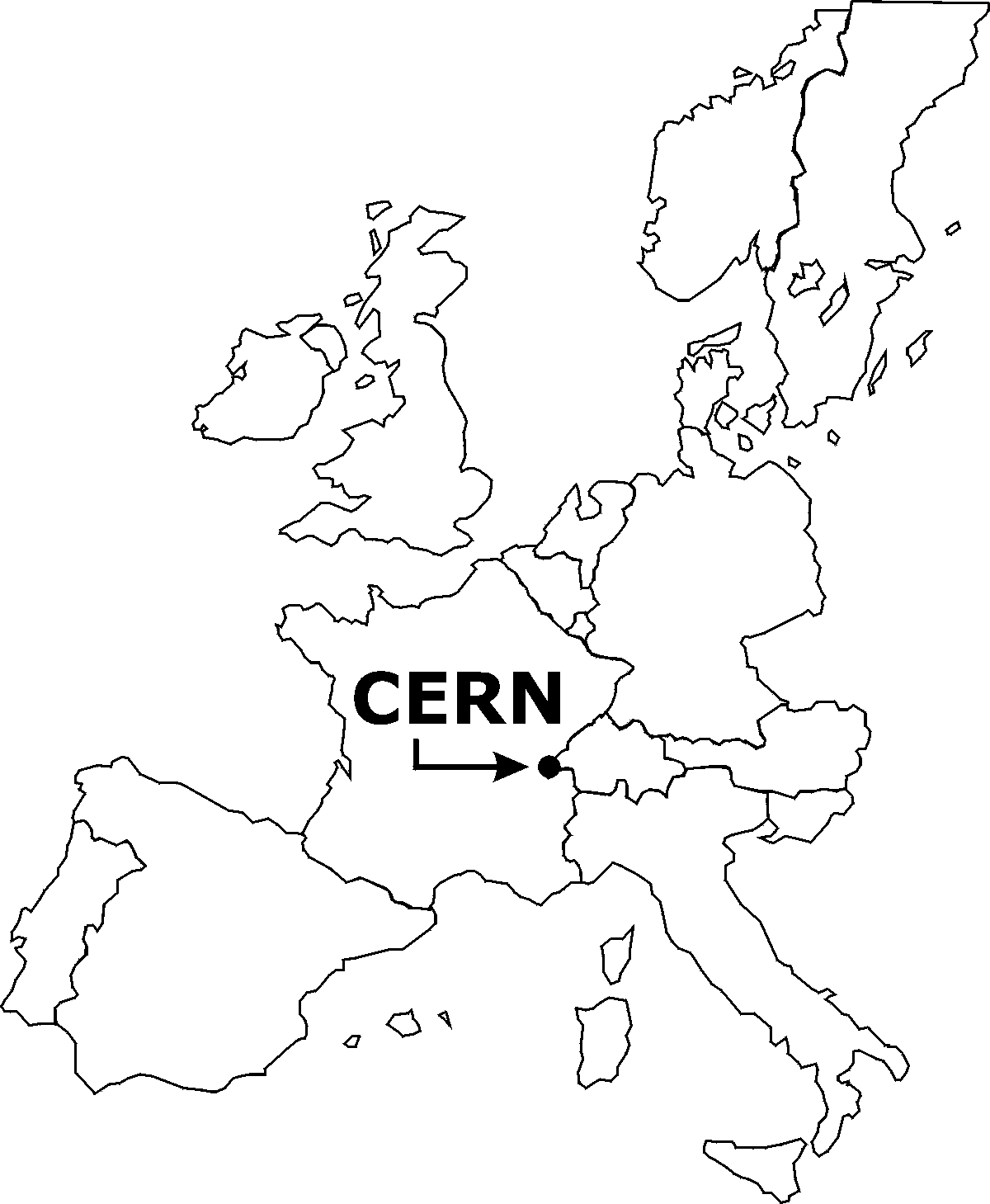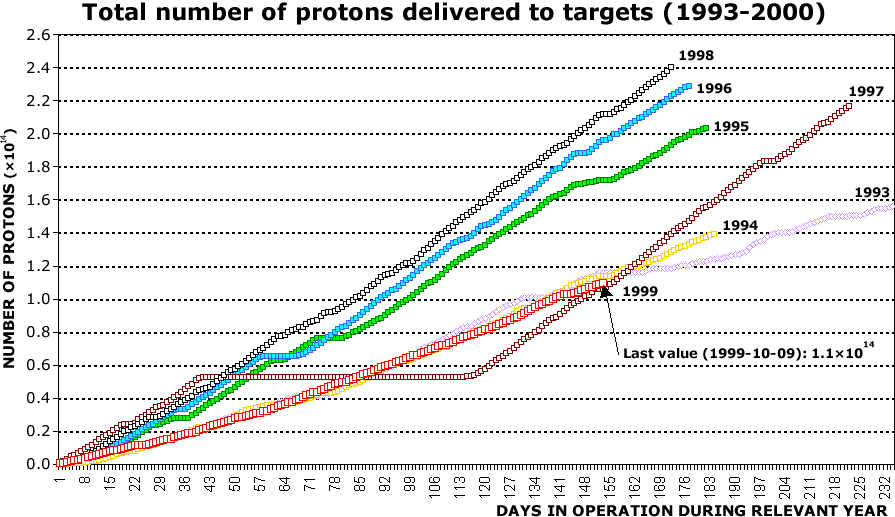The Super Proton Synchrotron
History and Background
 The SPS
straddles the Swiss-French border at the CERN site in Geneva.
The Super Proton Synchrotron (SPS) was originally going to
built along with a new CERN centre in Europe, separate from the
Geneva research centre, but a series of political arguments
resulted in the decision that it be built alongside the existing
Synchro-Cyclotron and Proton Synchrotron accelerators at the
Geneva site, in the 1970s.
The SPS
straddles the Swiss-French border at the CERN site in Geneva.
The Super Proton Synchrotron (SPS) was originally going to
built along with a new CERN centre in Europe, separate from the
Geneva research centre, but a series of political arguments
resulted in the decision that it be built alongside the existing
Synchro-Cyclotron and Proton Synchrotron accelerators at the
Geneva site, in the 1970s.
The SPS is a circular accelerator, 6 km in circumference,
buried underground. It was originally built to accelerate protons
but has also operated as a proton-antiproton collider, a heavy-ion
accelerator, and an electron/positron injector for the newer Large
Electron Positron (LEP) collider.
As a proton-antiproton collider in the 1980s, it provided CERN
with one of its greatest moments - the first observations of the W
and Z particles, the carriers of the weak force.
The SPS can also accelerate lead ions to an energy of 170 GeV
per nucleon, with 208 nucleons in the lead nucleus. In 1998, this
was the highest energy obtained in the world, and it serves the
study of the quark-gluon plasma which may have occured shortly
after the big bang.
Total Annual Throughput

Each winter, the SPS is shut down for routine maintenance (in
2000, for instance, shutdown is scheduled for the 2nd of
November). In addition to the annual shutdown, a fire on Tuesday
May 13th in 1997 caused an additional 80 days worth of delays, as
can be seen on the throughput graph shown to the left.
 The SPS
straddles the Swiss-French border at the CERN site in Geneva.
The Super Proton Synchrotron (SPS) was originally going to
built along with a new CERN centre in Europe, separate from the
Geneva research centre, but a series of political arguments
resulted in the decision that it be built alongside the existing
Synchro-Cyclotron and Proton Synchrotron accelerators at the
Geneva site, in the 1970s.
The SPS
straddles the Swiss-French border at the CERN site in Geneva.
The Super Proton Synchrotron (SPS) was originally going to
built along with a new CERN centre in Europe, separate from the
Geneva research centre, but a series of political arguments
resulted in the decision that it be built alongside the existing
Synchro-Cyclotron and Proton Synchrotron accelerators at the
Geneva site, in the 1970s. 